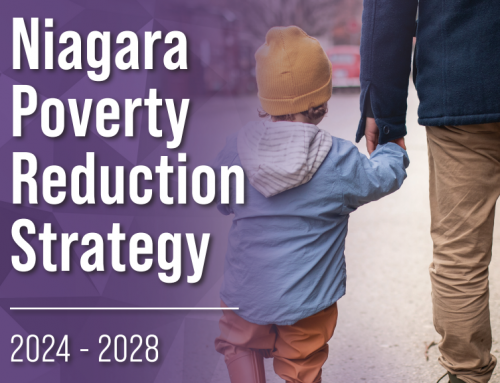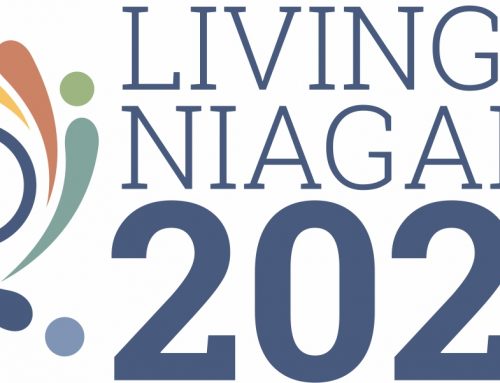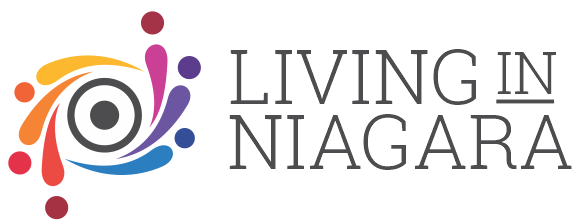A living wage reflects what earners in a family need to be paid based on the actual costs of living and being included in a specific community.
The living wage is calculated as an evidence-based hourly rate at which a household (two adults working full-time, two children) can meet its basic cost of living needs, once government transfers have been added to the family’s income and deductions have been subtracted. Included in this calculation are food, shelter, clothing, transportation, child care, non-OHIP medical insurance, continuing adult education, and items that allow for fuller participation in society, such as communication, family leisure outings, and local recreation.
In Canada, a living wage is a voluntary commitment that can be made by public, private, and not-for-profit sector employers to compensate directly-employed and contract-employed workers.
Calculating a living wage provides an opportunity for a community to:
- discuss work, wages, and compensation in different ways;
- act as a guide for employers who want to ensure their workforce can adequately meet their family’s basic household cost of living and community inclusion needs.
The hourly living wage for Niagara region was established as $17.57 for 2017.
This brief builds on previous calculations and provides context on the living wage calculation for Niagara region in 2017, a description of the methodology used to calculate a living wage, and a look at who could implement a living wage.
Additional information can be found in this related document, Calculating the Cost of Living in Niagara Region 2017
Published By: Niagara Poverty Reduction Network
Publication Date: June 2017








